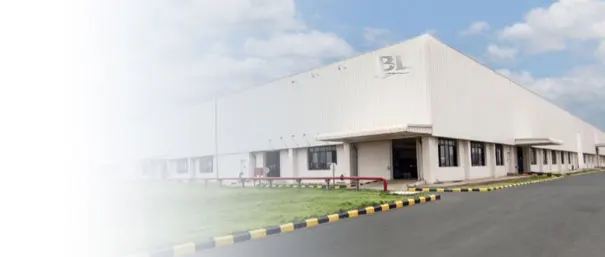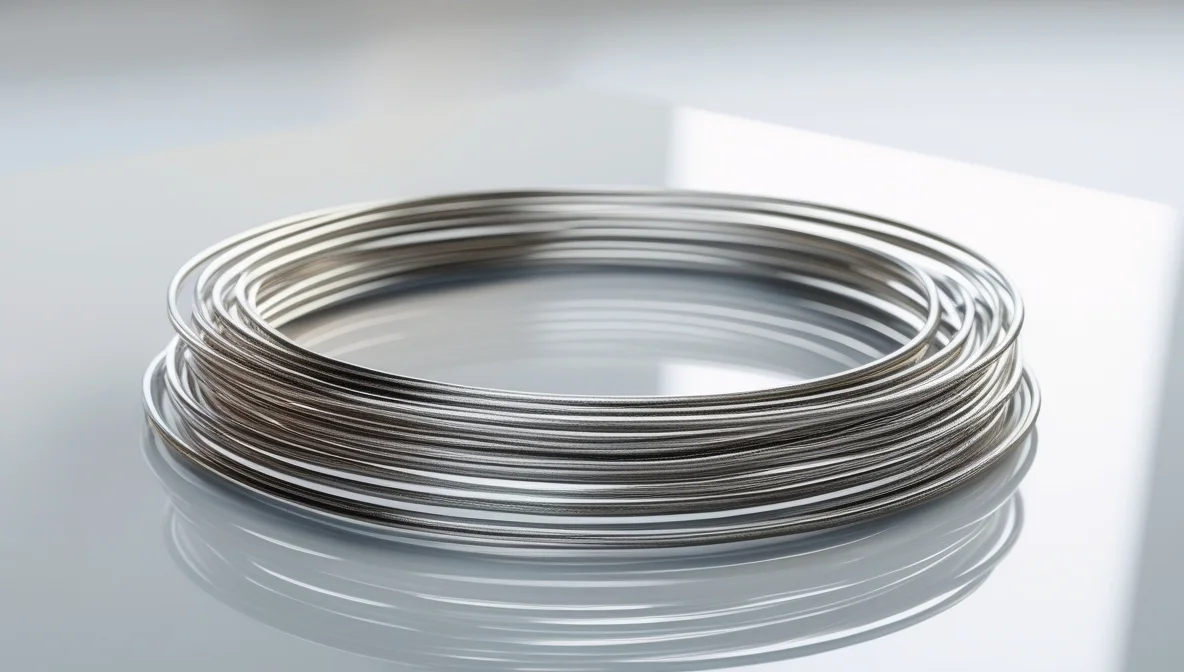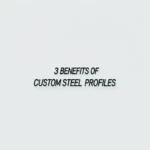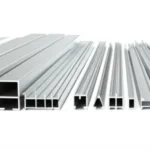.article-sssw-content-13 p { margin-bottom: 1em; line-height: 1.6; color: #333; }
.article-sssw-content-13 ul { margin-left: 25px; margin-bottom: 1em; list-style-type: disc; }
.article-sssw-content-13 li { margin-bottom: 0.5em; }
.article-sssw-content-13 strong { font-weight: 600; }
.article-sssw-content-13 a { color: #0066cc; text-decoration: none; }
.article-sssw-content-13 a:hover { text-decoration: underline; }
.article-sssw-content-13 .disadvantage { color: #8B0000; } /* DarkRed */


316 stainless steel is an excellent and widely used material, particularly valued for its superior corrosion resistance compared to 304. However, it does have some disadvantages or limitations depending on the application:
- Higher Cost: This is often the most significant disadvantage. Due to the addition of molybdenum (typically 2-3%) and generally higher nickel content compared to 304, 316 stainless steel is noticeably more expensive. This cost difference can be substantial for large projects or high-volume parts.
- Lower Resistance to Certain Chemicals: While excellent against chlorides, 316 SS is not universally resistant to all chemicals. Strong oxidizing acids (like nitric acid) can attack it more readily than they attack 304 in some concentrations.
- Susceptibility to Stress Corrosion Cracking (SCC): Like most austenitic stainless steels, 316 is susceptible to SCC in specific environments, particularly those involving chlorides at elevated temperatures (typically above 60°C or 140°F) and tensile stress. While more resistant than 304 in many cases, it’s not immune. Duplex stainless steels often offer better SCC resistance.
- Potential for Sensitization: When heated in the temperature range of approximately 425-815°C (800-1500°F), for example during welding or slow cooling, chromium carbides can precipitate at the grain boundaries. This depletes chromium near the boundaries, reducing corrosion resistance in those areas (intergranular corrosion). The low-carbon version, 316L (with max 0.03% carbon), significantly mitigates this risk and is preferred for welded applications. Standard 316 requires careful welding procedures or post-weld heat treatment to avoid sensitization.
- Not as Strong/Hard as Other Steel Types: While strong for an austenitic stainless steel, 316 (especially in the annealed condition) is not as strong or hard as martensitic stainless steels (like 420/440C), precipitation-hardening stainless steels (like 17-4PH or 17-7PH), or many carbon and alloy steels. It relies on cold working (like in spring wire) to achieve higher strength levels.
- Machinability: Like most austenitic stainless steels, 316 can be challenging to machine compared to carbon steels. It work-hardens rapidly, requiring slower speeds, heavier feeds, sharp tooling, and good lubrication.
- Magnetic Permeability after Cold Work: Although primarily non-magnetic in the annealed state, cold working (bending, drawing, forming) can induce some martensite formation, making it slightly magnetic. This can be a disadvantage in applications requiring strictly non-magnetic materials.
Despite these points, 316 remains a highly valuable material. Its disadvantages are often relative comparisons to other materials or specific application requirements, and its advantages (especially corrosion resistance) frequently outweigh these drawbacks in appropriate uses, such as marine hardware and chemical processing equipment.
What are the disadvantages of 316 stainless steel? — This article provides a practical buyer‑focused overview with specifications, selection tips, and on‑site considerations. Explore related topics: blog.
Key Specifications and Standards
- Standards: ASTM / EN / JIS (e.g., ASTM A240/A36, EN 10088/10025, JIS G4304/G3131).
- Surface options: 2B, BA, No.4, HL, mirror; galvanized (electro / hot‑dip).
- Processing: hot‑rolled, cold‑rolled, annealed & pickled, welded or seamless.
- Typical services: slitting, shearing, cut‑to‑length, drilling, beveling, deburring.
- Documentation: MTC, CO, packing list with net/gross weight and heat numbers.
Typical Applications
Construction, machinery, automotive, energy, enclosures and fencing, food equipment (for stainless), and general fabrication. Match grade and finish to corrosion, strength, and appearance requirements.
Selection Guide
- Use certified material with Mill Test Certificate (MTC).
- Confirm standards (ASTM/EN/JIS) and tolerances per drawing.
- Match surface finish to application (2B/BA/No.4/galvanized).
- Specify dimensions and acceptable deviation upfront.
- Plan packaging and corrosion protection for transit.
Processing, Packaging and Logistics
We adopt edge protection, waterproof wrapping, rust‑inhibiting paper, fumigated pallets, and strapping suitable for sea freight. Loading photos and weight lists are provided for each shipment.
FAQs
Q: What lead time can I expect?
A: Typically 7–15 days ex‑works for standard sizes; custom processing may extend the schedule.
Q: Can you provide cut‑to‑size service?
A: Yes. We slit, shear, cut, drill, bevel and deburr to drawing to reduce waste and speed installation.
Q: How do you ensure quality?
A: Incoming inspection, process control, and final inspection with traceable heat numbers; third‑party inspection is available.
Q: Do you support small trial orders?
A: We support pilot quantities with consolidated shipping to control cost.
All values are typical and for guidance only; confirm with the datasheet and purchase order before production.
Related products: view details.
Related products: view details.





